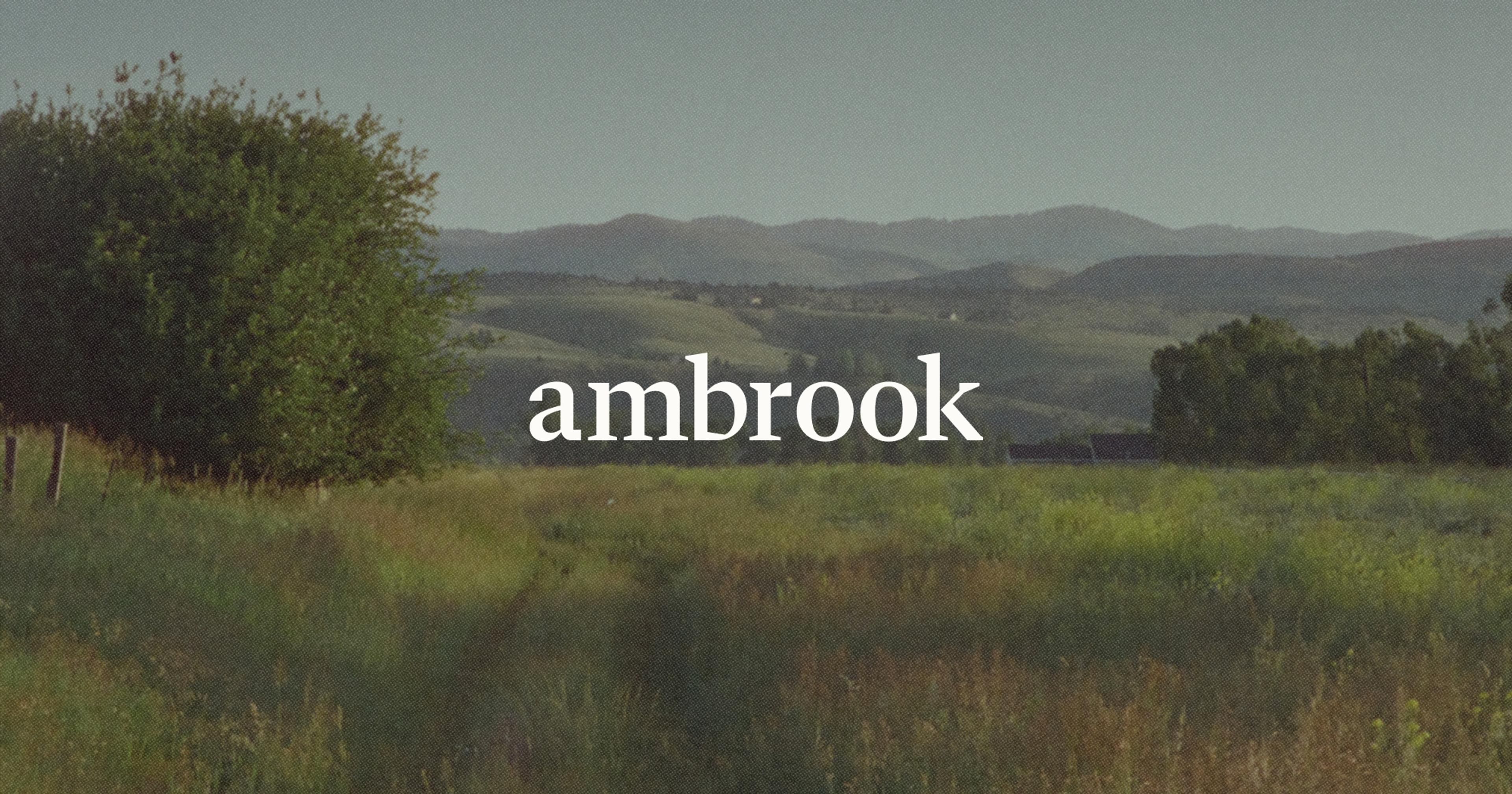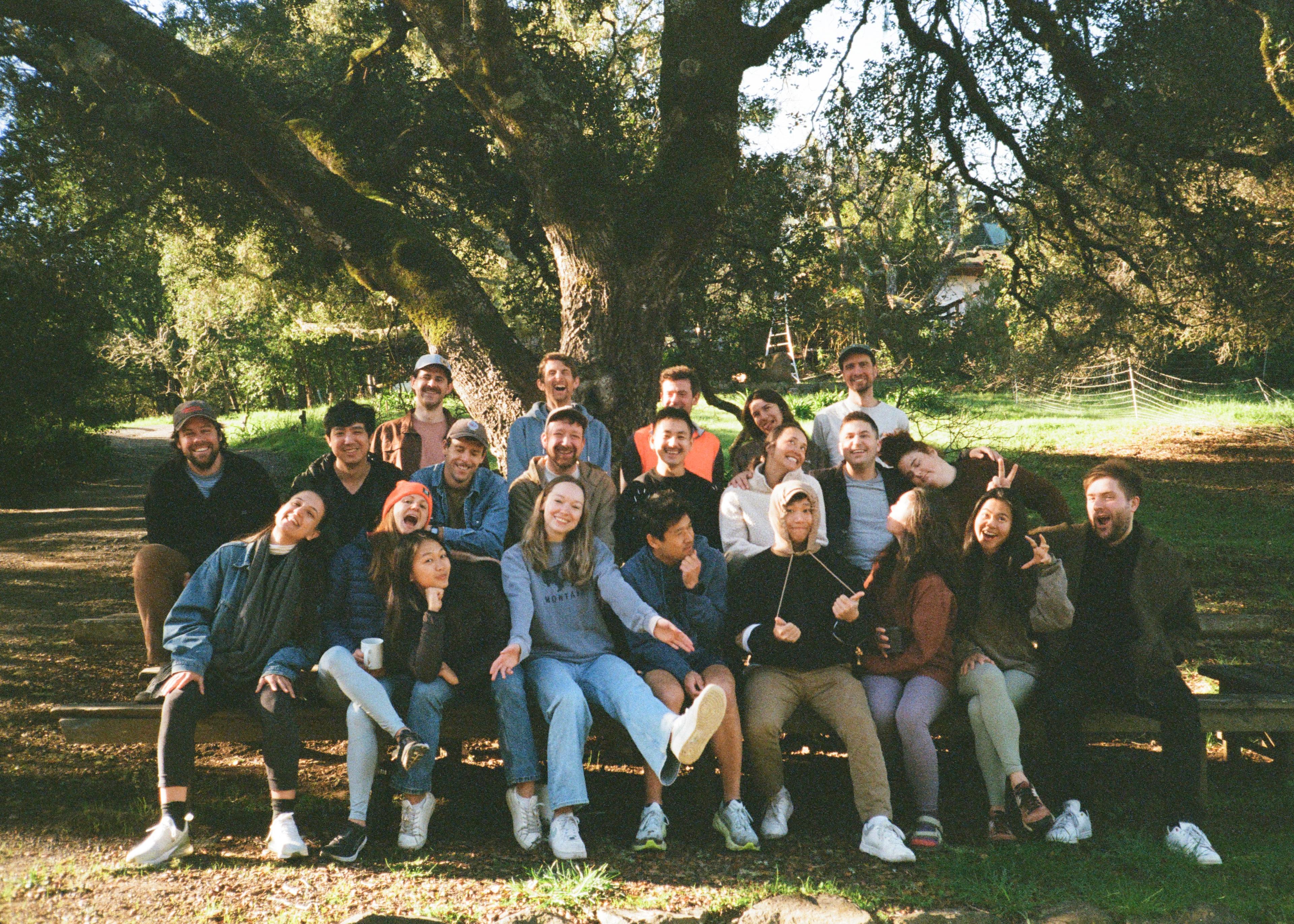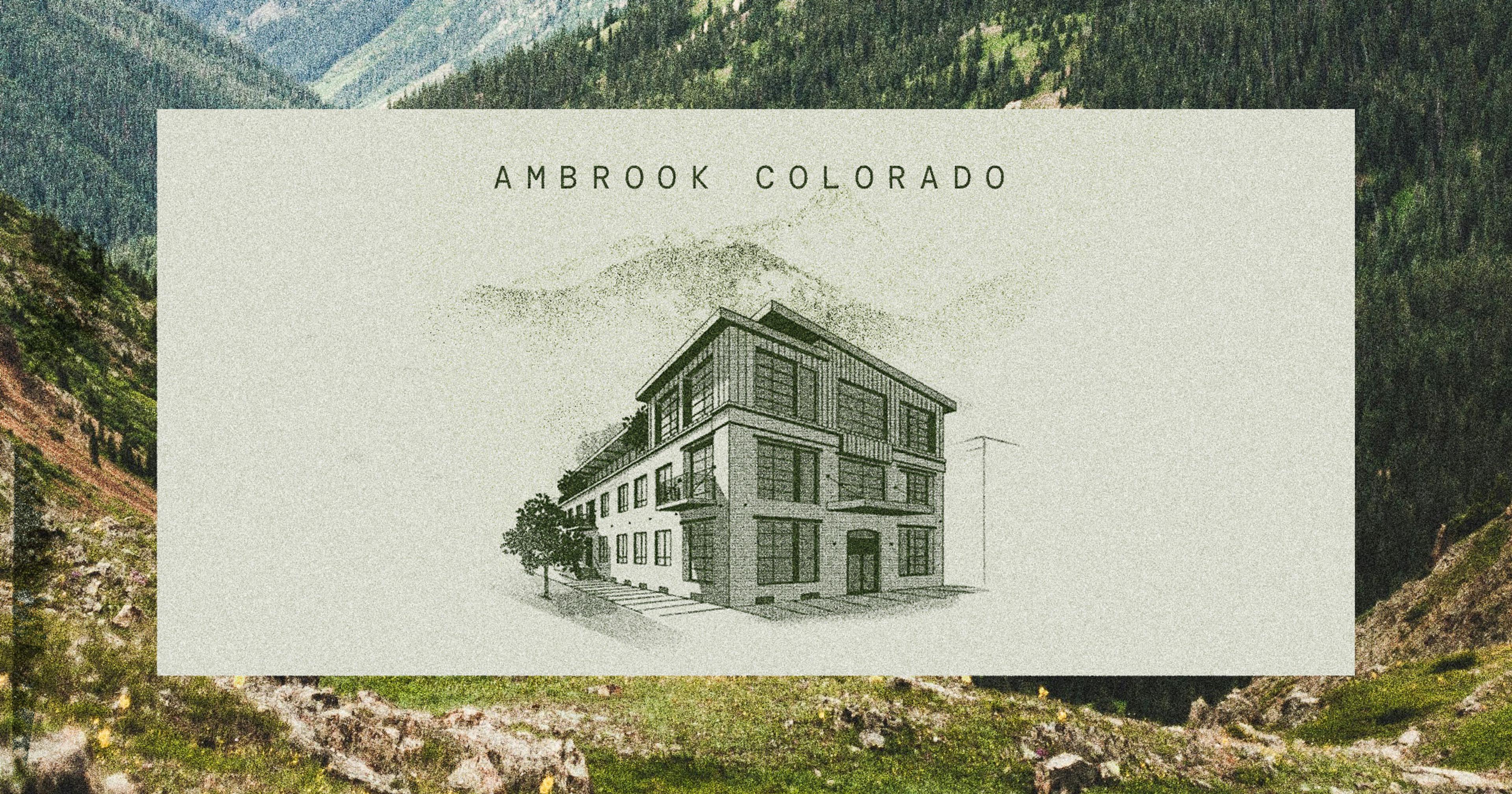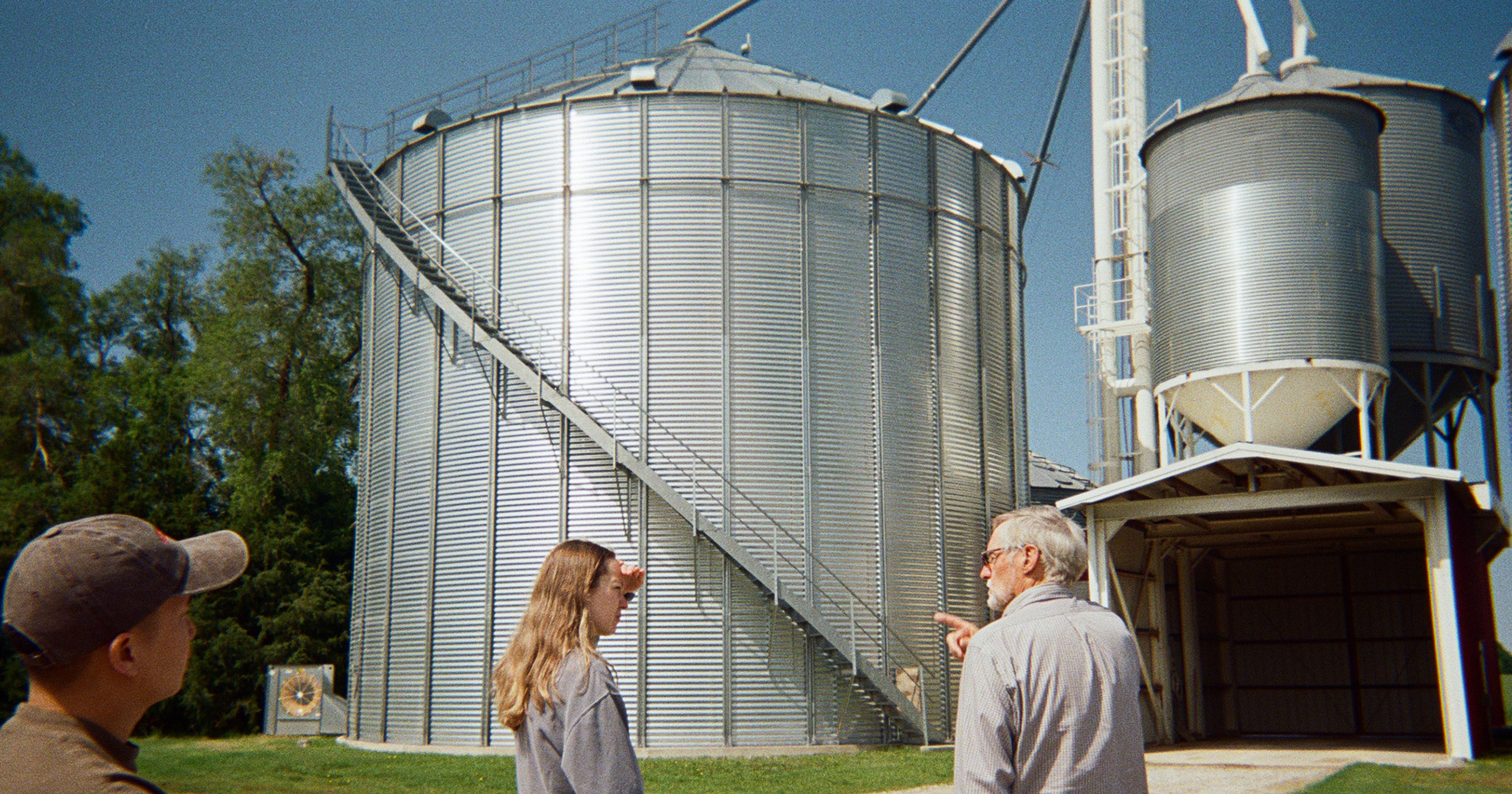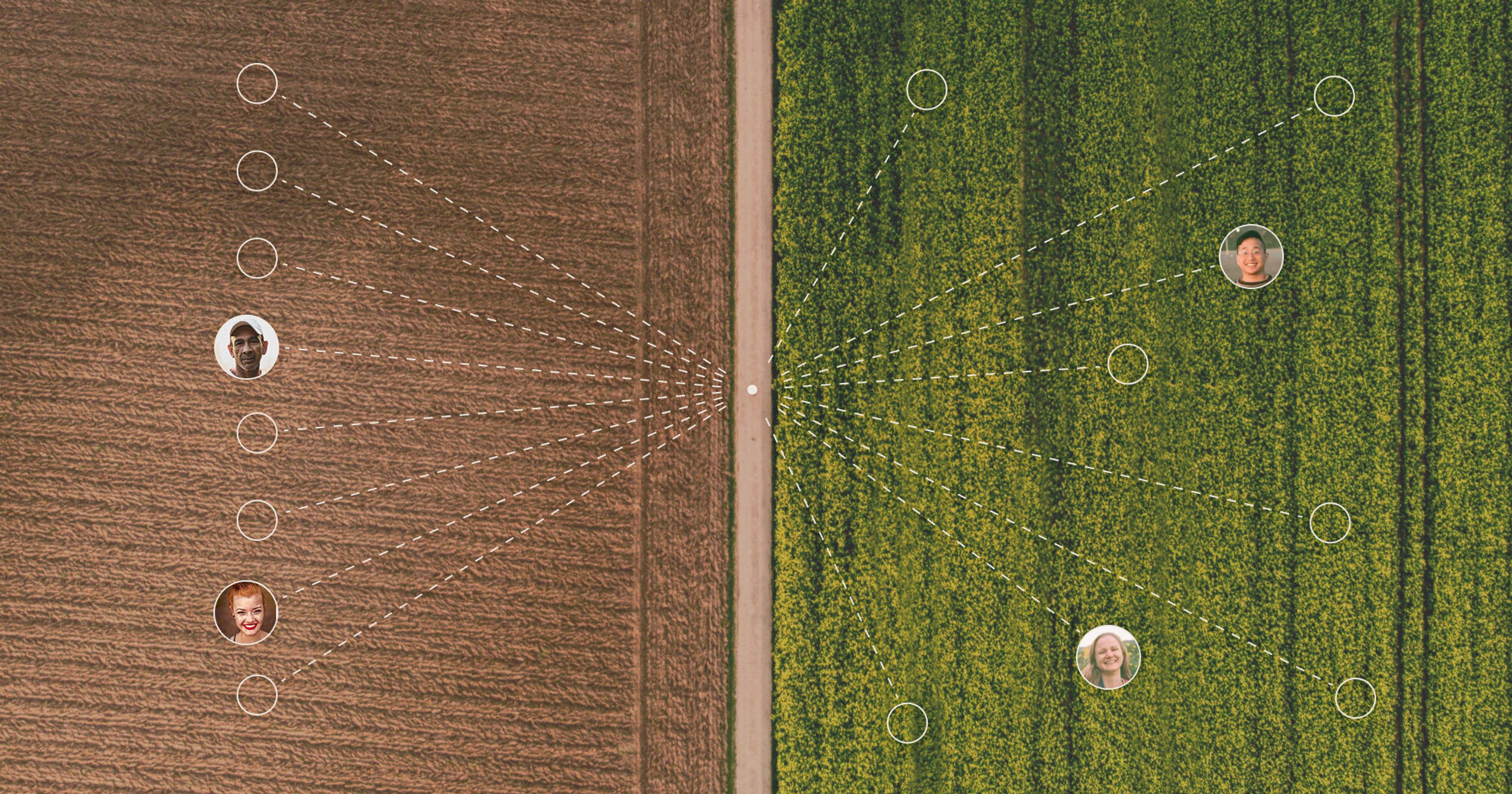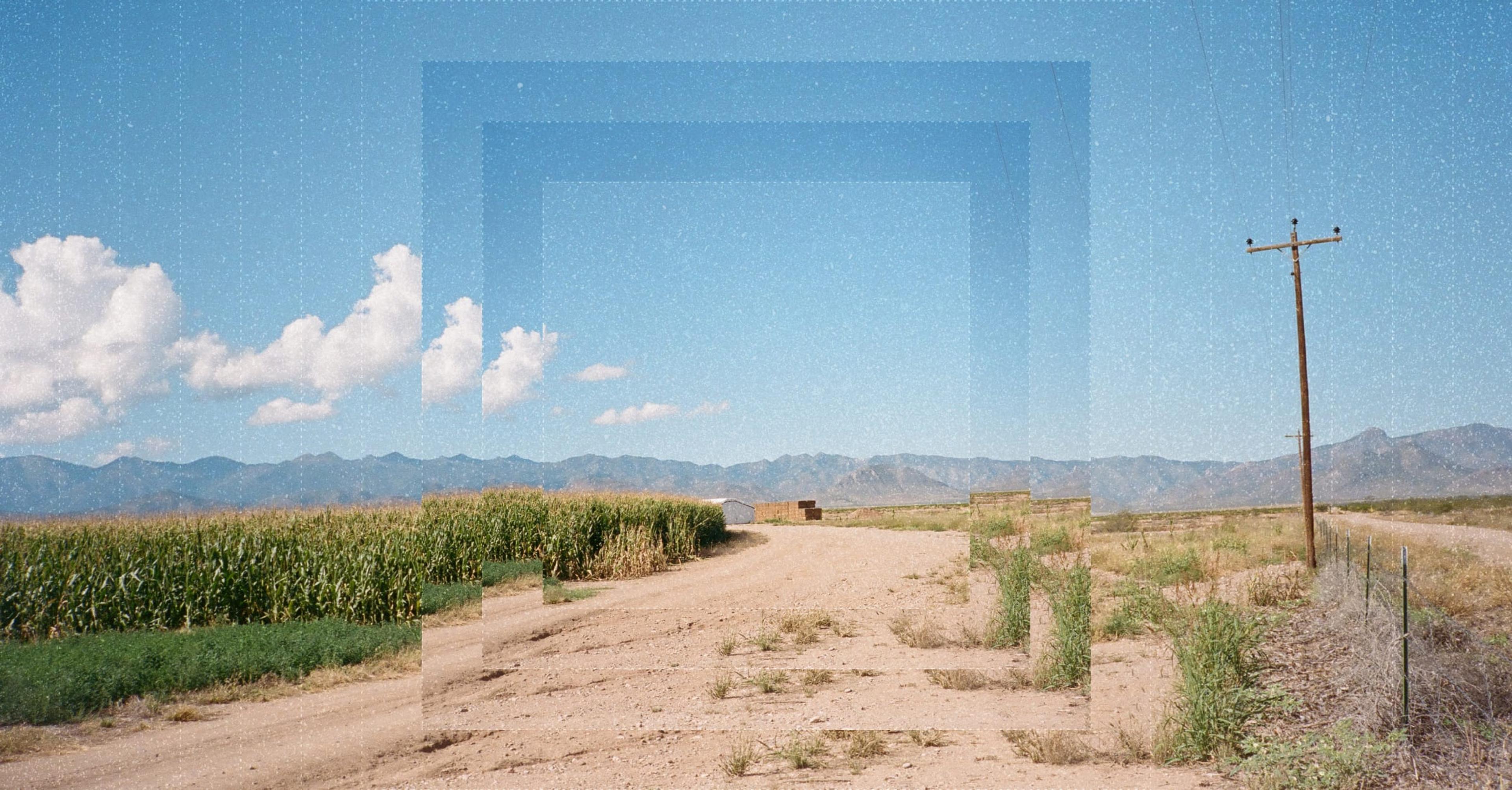Today, Ambrook is announcing $29M in funding raised.
Today, Ambrook is announcing $29M in funding raised, including a $26.1M Series A led by Thrive Capital and Dylan Field at Field Ventures, with continued support from Homebrew Capital and participation from Designer Fund, BoxGroup, Mischief, Not Boring, and others.
When I wrote our first Founder’s Letter, it was mostly about what we hoped to do. Three years later, this one’s about what we’ve actually done. Thousands of producers are using Ambrook to make better financial decisions, grow their operations, and invest more confidently in their land. And I feel more sure than ever that we’re on the right path.
Ambrook is building the financial infrastructure for American industry – starting with agriculture – and the opportunity in front of us is massive. We’re still early, but the impact is already visible. Now it’s time to grow.
Part I
Let me tell you a story.
Imagine you grew up on a ranch in the Mountain West. Went to school, hoping maybe you can come back one day. To help out, and eventually continue the family legacy.
But then, a family emergency. You have to take over the books from your dad all of a sudden, to keep the operation running. Not to mention run the operation itself.
This is the real story of our customer, Chase. His family runs cattle across 30,000 acres in Utah and Wyoming.
His first year, he had to wrangle the operation’s legacy accounting software. It had worked for the family business up to this point, but it still took up too much time and left him without a clear view of his numbers day to day.
Until he found Ambrook.
Chase’s dad is recovered now. And has come back to a family operation more resilient, not just financially, but intergenerationally too.
Since I wrote my last letter, over 2,500 operations in all 50 states have now used Ambrook to double their business, cut bookkeeping time in half, get better loan terms, and make land management decisions with confidence. Those customers have spent and managed $1.6B with Ambrook and saved an estimated 75,000 hours in the process.
Our customers have told us they feel less anxious and more optimistic about their future. That they feel empowered in ways they hadn’t before. (We had one couple who even told us they decided to get married because of a conversation with the Ambrook team about their finances.)
Because instead of feeling behind on their books, many of our customers can now focus on answering the questions that matter: How much have I spent so far on this herd? What will it cost to finish? Will this actually pencil out? And can my operation and my family thrive?
There are so many stories I want to tell. Stories of our customers, of our team. What we build and how we build it.
But first, let me zoom out.
*
For the first time in generations, most Americans believe their children will be worse off than they are. That type of pessimism is corrosive.
Starting a small business used to be the way to build a better future for your family. Owning your time, owning your labor, owning that identity and tradition over generations. Staying independent.
It was never easy, but it was straightforward enough.
Small businesses are not simple anymore. Especially in agriculture – the first industry we’re building for – survival has meant diversification. A cattle ranch that traditionally sold its commercial herd at the stockyard, might now also run a direct-to-consumer meat program, a seasonal event business, and a trucking arm. These operations are balance sheet-heavy, multi-P&L, and deeply local.
Most financial software was built for simpler business models than that: a single enterprise, clean books. But that’s not the world we operate in. Today’s producers are managing herds, equipment, inventory, and land across long and volatile cycles, both remotely and in person. They’ve taken on more risk, added multiple revenue streams with countless payment methods, and adapted their operations to survive.
In doing so, they’ve outgrown the old tools, but many can’t afford to manage the enterprise resource planning systems built for their newfound level of complexity.
Some are just trying to get organized for tax time. Others want real-time, enterprise-level insights. Both deserve better tools.
Ambrook fills that gap with modern, collaborative financial software that meets producers and their families where they are. Accounting, payments, and cash management built for operators who spend more time in the field than the office.
Operators like Pittman and JoEllen, a married couple who run a grain farming and beef cattle operation in my home state of Maryland.
“The path we were on before, we were like a ship in the ocean with a small hole in it – just getting lower and lower and lower. With Ambrook, that’s been patched and there’s now a pump pumping the water out, and it’s starting to come back up again. It’s been a turn in the right direction for all of my operations.”
Clarity in the now drives confidence in the future. Confidence builds optimism. And that optimism is contagious.
Part II
I think of our work at Ambrook as American dynamism meets the American Dream.
Instead of top-down technological advancement, we’re working from the ground up to enable family-run businesses to become more profitable and resilient.
When one operation succeeds, it lifts up suppliers, neighbors, the whole community. Better land and resources, supply chain and food supply. That’s the America I want to help build.
True optimism comes from seeing real results. Effective land and resource management can strengthen the bottom line and build long-term resilience against shifts in the environment and the economy. We’ve seen that when producers have clarity, stewardship and profitability go hand in hand.
To us, that’s grassroots American dynamism.
Part III
I think how we build is just as important as what we build. The world is changing. How we build technology is becoming increasingly disrupted by AI. Its own adventure.
But when I was thinking about writing about our fundraise, I kept on being drawn back to the quiet moments with the team. The more human moments that make the hard things about building a company worth it. How we work, and how we spend the time in between.
I wanted to share some of those memories with you.
*
It was Eric’s second week. Do you want to come to a traditional pig harvest? I Slacked him. Sure, he said. What is it?
A few weeks later, we were elbow deep in pig’s blood, helping Howard make blood sausage. Howard’s a customer now.
*
You can see where I did the controlled burn. Katie’s dad gestured at the grass interspersed with clumps of small yellow wildflowers in front of us. Before, this was all just grass. Now it’s a mosaic. How it should be.
We piled back onto the ATVs. On the way back from the river, we stopped and he pointed to the ground. This is where we put the biochar. To improve the soil in this part. We’ll probably find out if it works in a year. He shifted his attention to a tall purple wildflower. We’re testing what seed mix grows best across the ranch.
I sent a photo of the flower to my dad. Montana, I said.
Penstemon grandiflorus, he wrote back. Identifying the plants I send him from my travels is his love language. Large Beardtongue.
*
No one spoke. Tired but happy. It was the three of us, me and Maika and Atticus. We had just signed our second customer, now driving the two hours back to the airport motel.
The thunderstorm boomed in silence across the Arizona plains, lighting up the dusk-dark. The Strokes played on the radio.
The long car rides, driving past amber waves of grain, that have emotionally contextualized my work in unexpected ways. America, the beautiful.
*
Haley, a mother of two from a Montana ranching family, on why she joined our operations team at Ambrook: I watched your Stripe video, she said. I felt as though we both wanted the same thing for different reasons.
She spoke to stewarding the land as a legacy for her children. I want to feel proud about what I pass on to the next generation.
*
We climbed up to the shed’s attic. Katie’s dad pointed to a line of 10 baskets, ordered by year. Each basket was filled with more antlers than the last. The regenerative practices on the ranch had rebounded its wildlife population over the decade.
The antlers Katie wrote about, he said. A father’s quiet pride. I finally got to see the antlers that tell the story.
*
The world is changing, and yet so much stays the same.
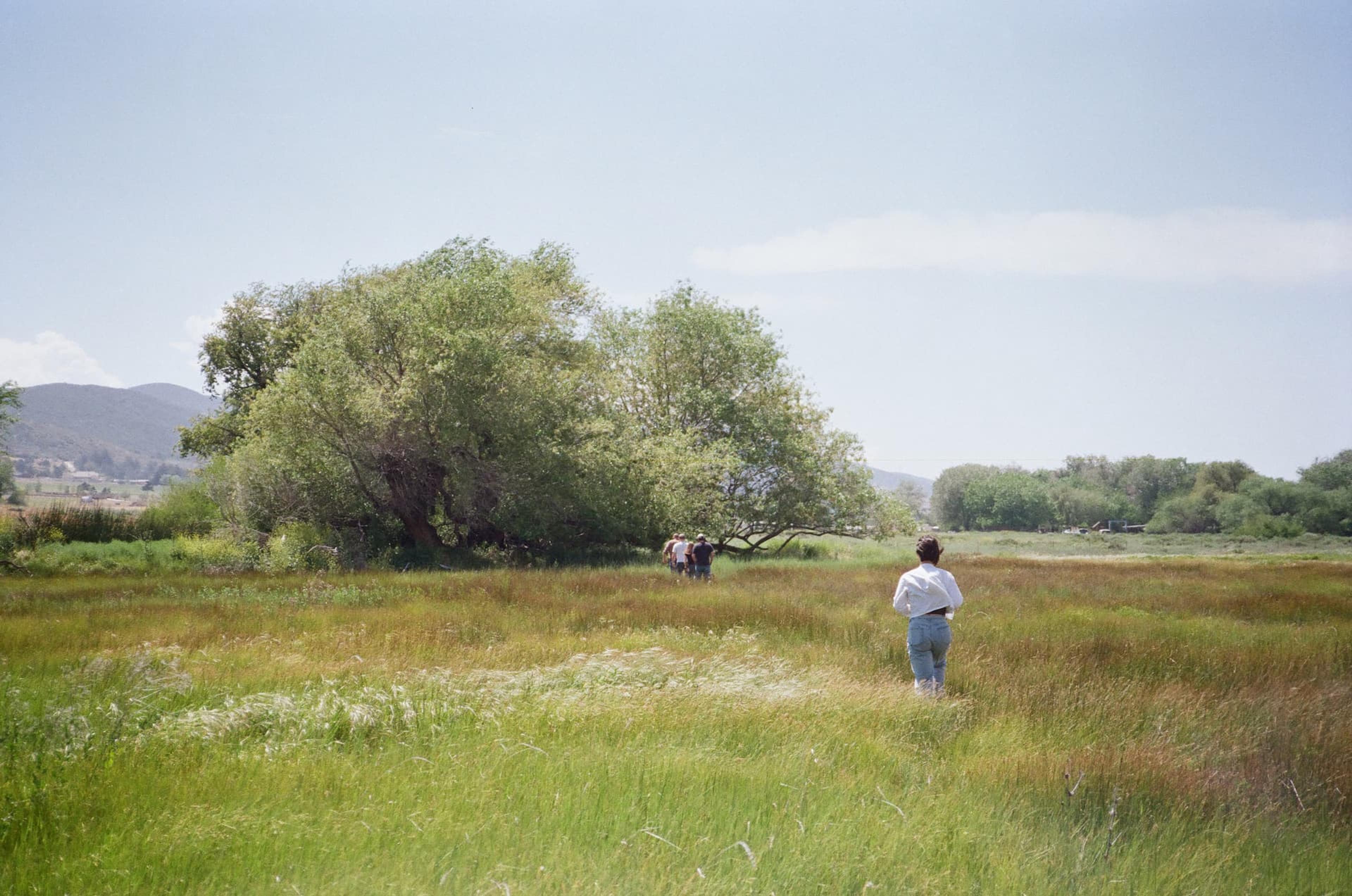
Maika walking through the field of a customer's ranch in California.
Part IV
We still believe in the American Dream. And we’re here to build for the people living it.
This latest fundraising round will help us grow to support tens of thousands of businesses, not just within agriculture, but also to the communities that serve ag, all while deepening our workflows and partnerships, expanding our AI-native architecture, and building a payments network that keeps capital within local communities.
Deepening our workflows to get to true cost of production
With this funding, we’ll accelerate the rollout of advanced financial workflows. Think multi-entity reporting, inventory management, and integrated payroll. These enhancements will help producers spend less time wrestling with spreadsheets and more time making strategic decisions.
We’ll also deepen our partnerships across the financial and agricultural ecosystem, connecting Ambrook to more of the tools and services producers already use, from POS systems to livestock management tools, so that data flows seamlessly and everyone wins.
Architecting a thoughtful approach to AI
We believe the best use of AI for our customers is to do the quiet things right, from receipt management to automated categorization to anomaly detection.
MIT economist David Autor calls AI an “inversion technology,” one that can democratize knowledge and bring decision-making power back to the middle class. That’s exactly how we think about it, too.
Keeping capital in local communities
We started Ambrook by helping producers find and apply for working capital to provide disaster relief, do conservation work, and further invest in their businesses. Earlier this year, we rolled out 1% APY on all Ambrook Wallets, making sure customer capital was working as hard as they do.
Next, we’re expanding Ambrook Pay to farms, ranches, and other businesses nationwide. Because fintech was integrated from the beginning into Ambrook’s accounting platform, we can now offer free, instant B2B payments with minimal paperwork and automatic reconciliation.
We’re laying the groundwork for high-context, instant money movement. In the meantime, Ambrook Pay has already significantly improved cashflow and transaction margins.
We want to help our customers become more profitable and resilient. Keeping more capital in local communities is a big part of that.
*
Most of all, this investment helps us stay focused on our mission: to give independent businesses the tools they need to stay independent.
Together, we can build an America that’s prosperous and resilient and beautiful.
An America where Chase’s family can feel confident in decisions they make. Where Pittman and JoEllen feel like they’re doing more than just staying afloat.
Thank you to our team, our investors, and the operators who trust us with their numbers and their future. We are honored to be part of your story.
All my best,
Mackenzie

